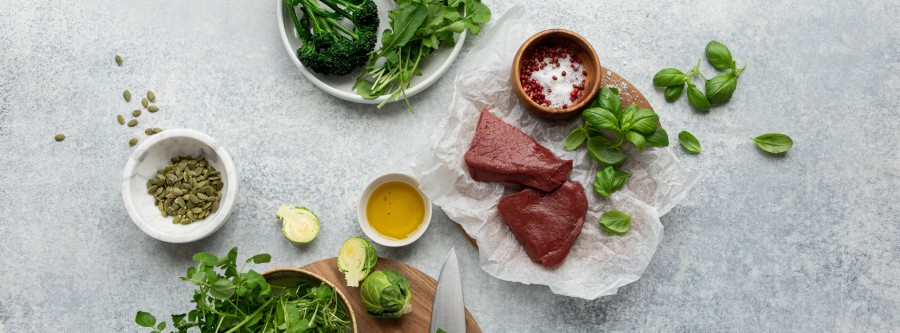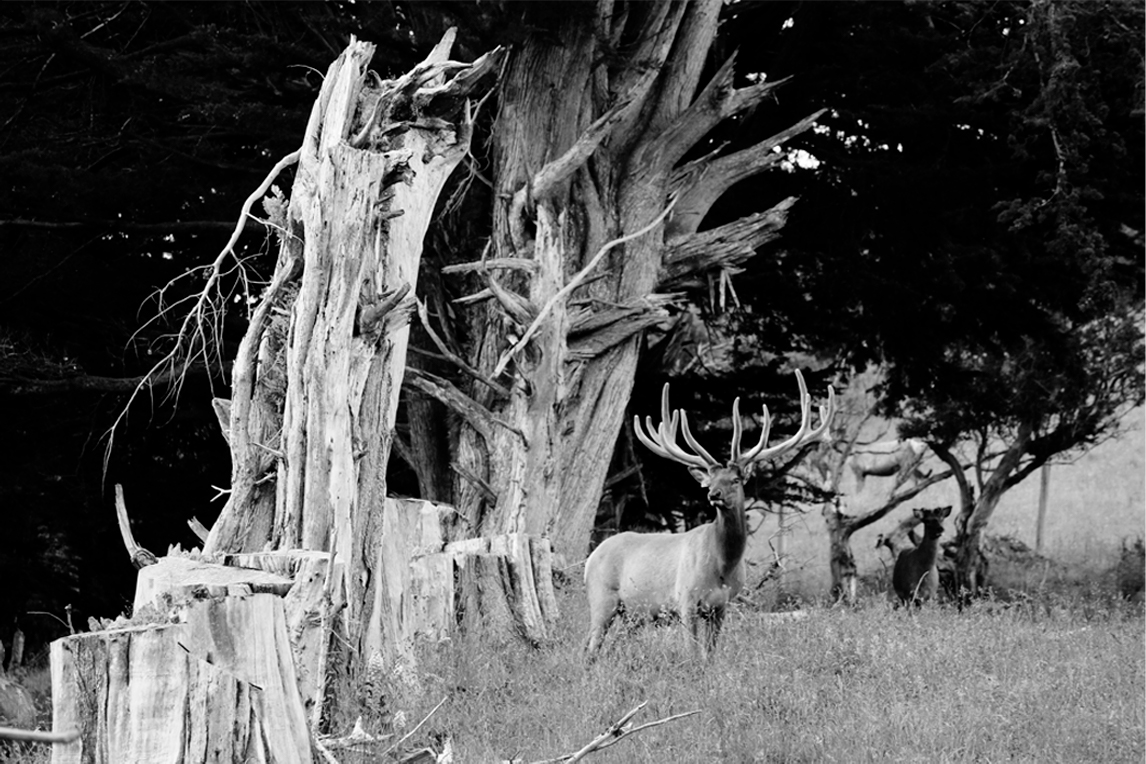Apr 8, 2025
What a 10% tariff could mean for NZ venison in American retail channels
The venison industry has invested in building a premium retail presence in North America through the Sustainable Food and Fibre Futures (SFF Futures) – North America Retail Accelerator (NARA) programme. DINZ and the five leading exporters are aligning around shared messaging, packaging innovations, and market insights to lift retail performance. Some are asking if that momentum may be tested by the new tariff regime just announced by the US administration.
An additional 10% tariff on chilled and frozen venison creates a new cost layer in the value chain, but it also reinforces just how important the NARA programme is to help build and maintain a presence in the US, while telling the New Zealand venison story.
Who pays the tariff?
At this stage, it is unknown. Retailers will likely resist any shelf price increases that reduce sales velocity. Importers and distributors may attempt to pass the cost upstream or negotiate tighter terms. Exporters will push back to protect margin. Ultimately, unless value can be defended, some of that cost may make its way back to New Zealand producers, so we must do all we can to protect that value proposition.
Margins in the premium protein category are hotly contested. Venison competes with a range of alternatives—grass-fed beef, bison, elk, and even plant-based proteins. The reality is that all imported proteins will incur more cost to come to the market, and its unlikely that the US will be able to domestically produce its meat protein demand (at least in the short term), so prices to the consumer are also likely to be impacted. However, a visible retail price increase could influence purchasing decisions, particularly for new or occasional consumers unfamiliar with venison’s value story.
Risk to shelf presence
Retailers operate on hard metrics: turnover, margin contribution, and space productivity. If venison sales decline due to higher prices, even temporarily, products may be delisted or moved out of prime shelf space. Smaller retail chains may be more flexible, but national banners will quickly rationalise underperforming SKUs (stock keeping units).
This risk reinforces the importance of the NARA programme, which is helping the industry:
- Build market knowledge (e.g. price points, formats, and consumer preferences)
- Trial cost-effective packaging and processing formats
- Tell a stronger New Zealand venison story at the shelf
These insights provide the commercial intelligence required to defend venison’s place in the chilled and frozen meat aisle, even in the face of added cost.
What’s next?
Retail success will depend on reiterating the premium attributes of New Zealand venison—pasture-raised, lean, high in iron, and ethically farmed. Shelf communication and brand storytelling must justify the price point. Exporters and their in-market partners may need to optimise SKU selection, packaging configurations, and freight models to claw back margin and hold retail pricing steady. Retail partners will need confidence to retain venison in their offer. Co-branded promotions, nutritional comparisons, and consumer education will be vital.
Final thought
This new tariff headwind is real—but navigable. Who bears the cost remains unclear. From an economic standpoint, it’s uncertain how the market will react. Our target consumers may absorb the increase and continue purchasing, or broader inflationary pressures from the US tariff policy could dampen overall spending. The jury is still out, and only time will tell. Yet with smart, coordinated action and a continued focus on retail, New Zealand venison can remain a premium presence on the American retail shelf.
DINZ will continue to keep stakeholders informed as things develop.


